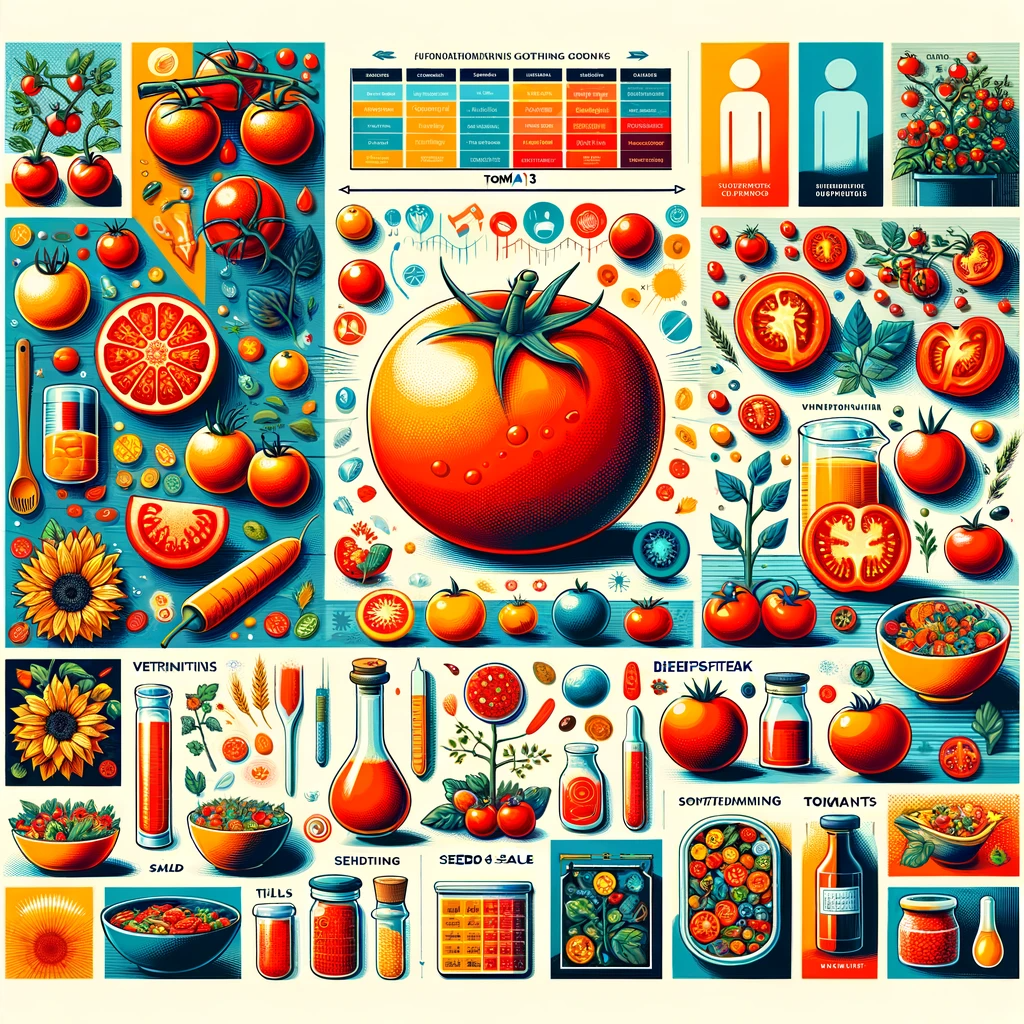Tomatoes have undoubtedly left an indelible mark on Italian cuisine. They are an essential ingredient in countless Italian dishes, from pasta sauces to pizzas. In this article, we will delve deep into the fascinating history and culinary significance of tomatoes in Italian cooking. We will also explore the various ways in which tomatoes have enriched the flavors and traditions of this beloved cuisine.
A Brief History of Tomatoes in Italy
Tomatoes: A New World Discovery
Before we explore the impact of tomatoes on Italian cooking, it’s crucial to understand their origin. Tomatoes are native to the Americas and were brought to Europe by Spanish explorers in the early 16th century. Initially, they were met with skepticism and considered ornamental due to their vibrant colors. It took several centuries for tomatoes to find their place in Italian cuisine.
Tomatoes in Italy: Slow Acceptance
In Italy, tomatoes faced a slow adoption process. Initially, many Italians were suspicious of this “strange fruit” due to its resemblance to the toxic belladonna plant. However, over time, tomatoes became more widely accepted and integrated into the Italian culinary tradition.
The Culinary Significance of Tomatoes
Tomatoes: The Heart of Italian Cuisine
Tomatoes have become the heart and soul of Italian cooking, lending their unique flavors and vibrant colors to a wide range of dishes. They have a remarkable ability to enhance and balance the tastes of other ingredients, making them a versatile and indispensable element of Italian cuisine.
Tomato-Based Sauces
The Art of Tomato-Based Sauces
Italian cuisine is renowned for its pasta dishes, and tomato-based sauces are a cornerstone of this culinary tradition. Classic sauces like marinara, bolognese, and arrabbiata all rely on the rich, savory taste of tomatoes. Their natural acidity and sweetness add depth and complexity to these sauces.
Pizzas: Tomato’s Perfect Canvas
Tomatoes play a central role in the world of pizza. The simple combination of tomatoes, cheese, and dough creates the iconic Margherita pizza, representing the colors of the Italian flag. The fresh, ripe tomato sauce is essential to achieving the perfect balance of flavors in this beloved dish.
Fresh Tomatoes in Salads
Caprese Salad: A Tomato Showcase
The Caprese salad is a testament to the beauty of simplicity in Italian cuisine. Fresh tomatoes, mozzarella cheese, basil leaves, olive oil, and balsamic vinegar come together to create a harmonious and delightful dish. Tomatoes take center stage in this salad, providing a burst of freshness and juiciness.
Regional Variations
Tomatoes Across Italy
Italy’s diverse regions have embraced tomatoes in their own unique ways. In the south, the sun-kissed tomatoes of Campania are famous for making the world’s best tomato sauce, while in the north, tomato risotto is a cherished specialty. Each region adds its own flair to tomato-based dishes, showcasing the versatility of this ingredient.
Preserving Tradition and Flavor
Preserving the Harvest
Italians have a long history of preserving tomatoes to enjoy their flavors throughout the year. The process of sun-drying and making tomato paste or “passata” ensures that the essence of ripe tomatoes is available even in the coldest months. These preserved tomatoes are the secret behind the deep, rich flavors of Italian winter dishes.
Conclusion
In conclusion, tomatoes have had a profound impact on Italian cooking, transforming it into the vibrant and flavorful cuisine we know today. From their slow introduction to becoming an integral part of regional specialties, tomatoes have left an indelible mark on the culinary landscape of Italy. Whether in the form of sauces, salads, or preserved delights, the tomato’s role in Italian cuisine is nothing short of iconic. So, the next time you savor a plate of pasta or a slice of pizza, remember to thank the humble tomato for its extraordinary contribution to Italian gastronomy.
